Red knots are a colorful shorebird well known for its dependence on horseshoe crab eggs along the beaches of Delaware Bay. Crab egg-laying peaks during full and new moons in May, and the superabundance of the tiny crab eggs powers the last leg of the knot’s migration to their northern nesting grounds. The decline of horseshoe crabs there has caused the knot population to decline.
Finally the red knots are coming through. The first sightings of knots for this migration season were from Norton Point Beach on June 1, as noted in last week’s column. On June 8 Lanny McDowell spotted three of them and on June 9 Jeff Bernier found a total of 12 of them, all on Norton Point. Will their numbers continue to increase, rising toward the next full moon on June 17?
Worldwide there are six subspecies of red knots but only two are found in eastern North America. One subspecies breeds in the Canadian Arctic and winters in South America as far south as Argentina and Chile. These knots are thought to be the ones that migrate through Delaware Bay. Another subspecies breeds in Siberia and Alaska but winters around the Gulf Coast from Florida to Venezuela. These shorter-distance migrants may not be as dependent on Delaware Bay. We do not know which subspecies are we seeing.
Lanny McDowell also spotted 15 semipalmated sandpipers on his June 7 visit to Norton Point.
Bird Sightings
Most of the remaining sightings reported here are of species that nest on the Island.
Susan McCoy heard a northern parula singing at Makoniky on June 9. If this bird were to stick around, find a mate, and nest there, it will become the
easternmost record for this species on the Island. Other locations where this species has likely nested in the past include the northern end of Fulling Mill Brook and elsewhere on private property along the North Shore.
Dorie Godfrey has a pair of eastern bluebirds nesting in a box in her yard. Watching their comings and goings as they build their nest and bring food to their nestbound or recently fledged youngsters confirms them as a breeding species.
Another common blue bird is the blue jay. Gloria Jean Buettner observed one on June 9 that was carrying nesting material, confirming its nesting. Listen for their most unjay-like “tea-cup” call which I tend to hear most during the nesting season.
The warblers seen on June 8 include both pine and prairie warblers in Edgartown on June 8 by Bridget Dunnigan, and common yellowthroats by both Lanny McDowell and Mariah BenDavid. Clifton Stone spotted a blue-winged warbler on June 6 at Peaked Hill.
John Best reports seeing and hearing a bobwhite quail near his wooded Vineyard Haven yard. This is the first report of this species from Vineyard Haven that I can recall in decades and is unexpected because it was maybe half a mile from its nearest suitable habitat at the Bayes Norton Farm.
Nocturnal birds have also been heard. Whip-poor-wills have been heard by Judy Bryant, Gloria Jean Buettner, Sioux Eagle, Jessica Shafer, and Margaret Maciaszek on recent nights, but where are their cousins, the Chuck’s-wills-widows? And Tami Dinkel heard a great horned owl calling on June 9.
John Nelson reports from the fishing vessel Skipper that he has been seeing laughing gulls in their black-headed breeding plumage, as well as ospreys hunting for fish about three miles off East Chop on Hedge Fence. He does not usually see the osprey that far off-shore.
The Ocean State Bird Club had a pelagic trip to our waters on June 8, and they spotted Wilson’s storm-petrels and three species of shearwaters: two Cory’s, two sooty’s, and one manx.
Onshore near Harthaven John Nelson has been seeing a ruby-throated hummingbird, a pair of great crested flycatchers, and a pair of house finches nesting above his door.
Lastly, news from Cuttyhunk includes Chris Walz’s sighting of six downy common eider ducklings, confirming breeding for what is most likely the southernmost nesting eiders. They have nested there for a long time, as I recall seeing eiders with young near Nashawena in the 1970s. There were also ten adult eiders and both surf and black scoters. Five ruddy turnstones were seen on nearby Gull Island on June 5, and David Hollie spotted a gadwall on Cuttyhunk on June 3.
The nesting season is in full swing, although migrants may still filter through. Please report your sightings to birds@mvgazette.com.
Robert Culbert is an ecological consultant with Nature Watch LLC living in Vineyard Haven.

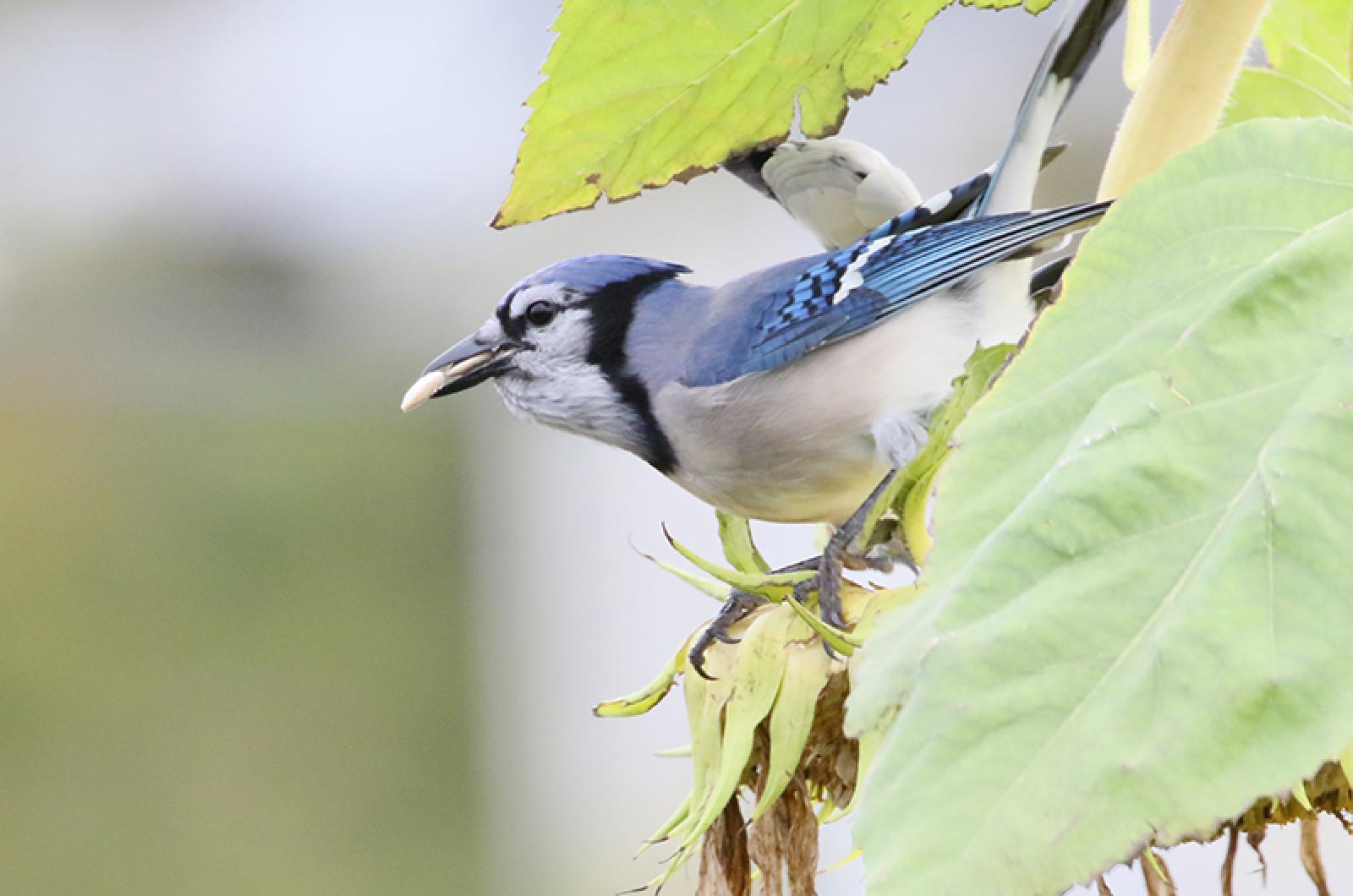
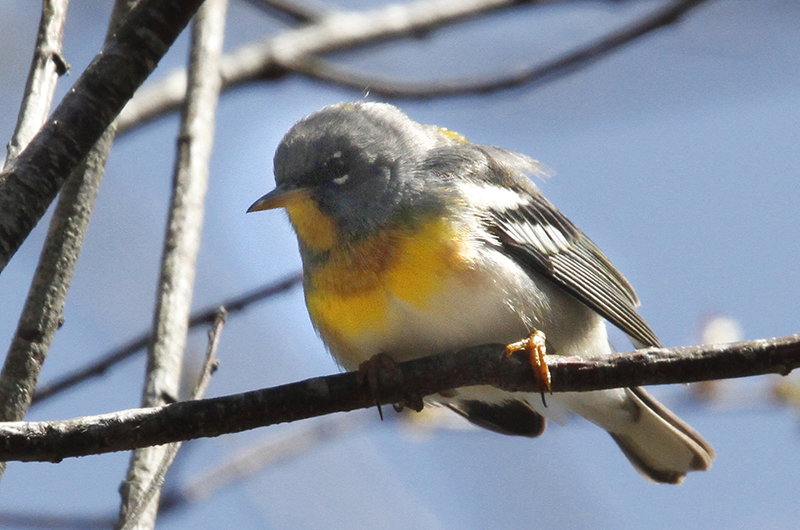
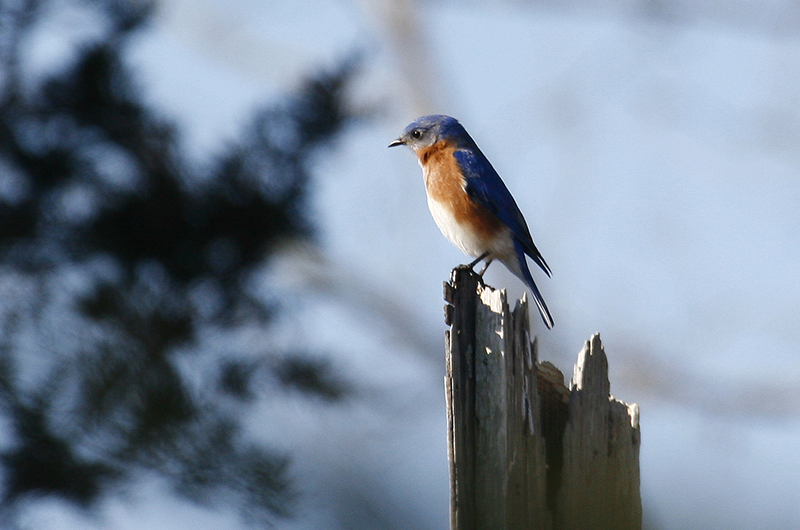
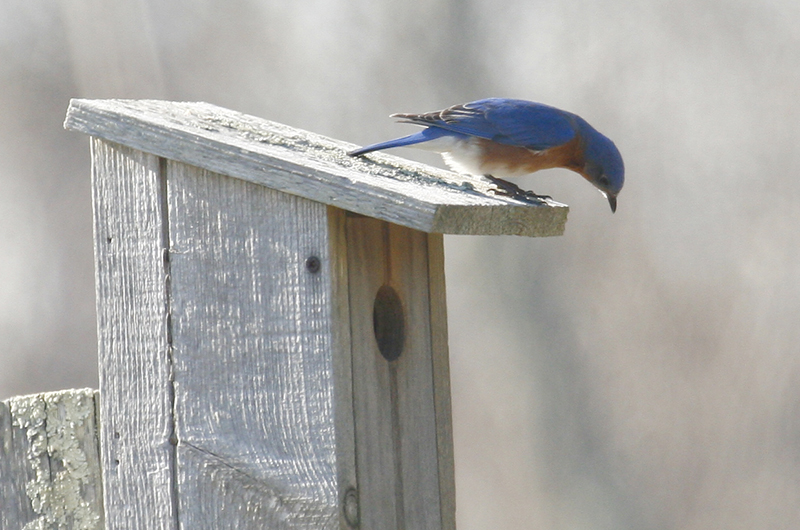

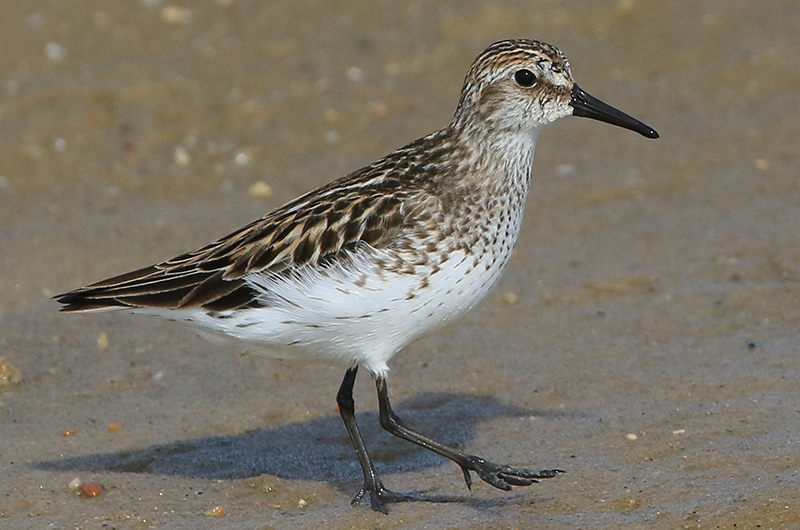


Comments
Comment policy »